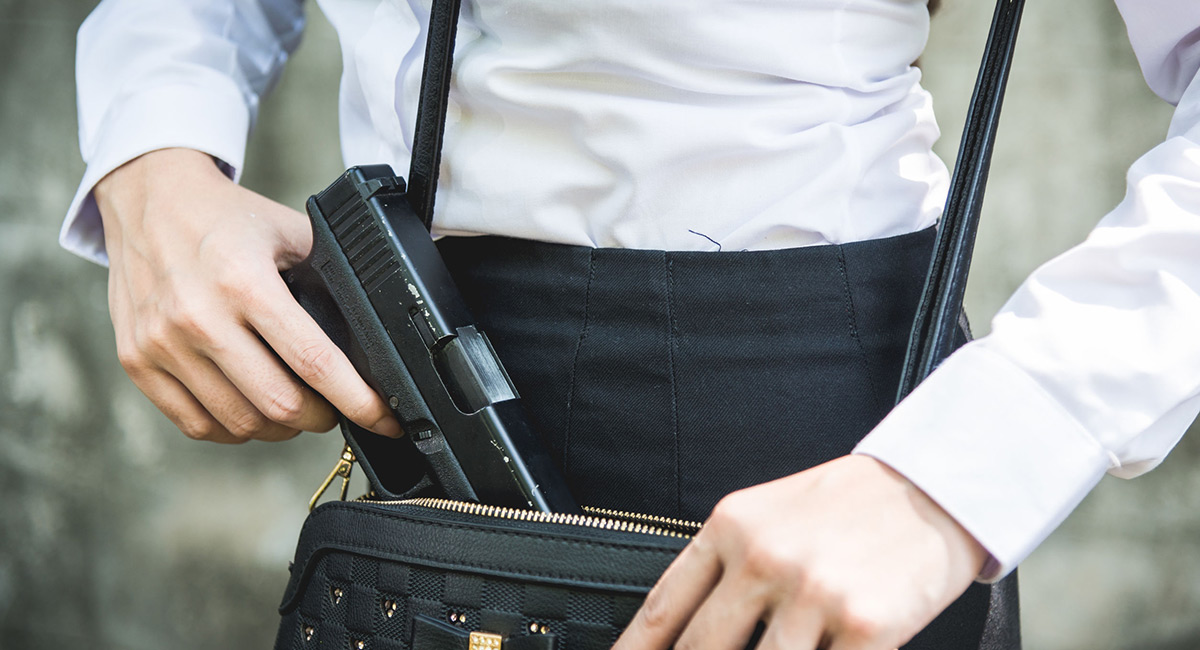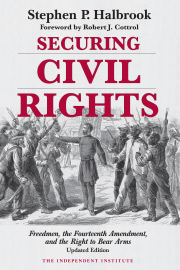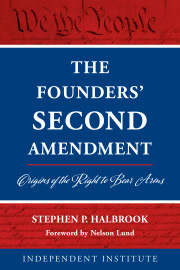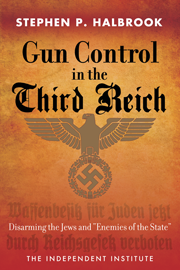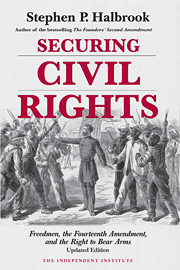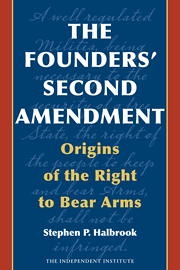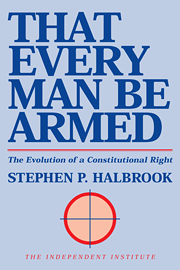In late April, the Supreme Court announced it would hear New York State Rifle & Pistol Association v. Corlett during its next term, which begins in October. With a ruling due by June 2022, it will be the court’s first major Second Amendment decision since 2010 and perhaps its most consequential.
In 1791, the Bill of Rights was created for the people against the government. The Bill of Rights—including the Second Amendment—has stood firm in the minds of the citizenry as a bulwark of American freedom.
The central issue in the latest case is whether the Second Amendment right to “bear arms” extends outside of the home. Sure, you can take your gun from your bedroom to the kitchen, but can you take your gun outside? If the answer is no, then we must ask: Do other constitutional freedoms—from the free exercise of religion to freedom of speech to rights against unreasonable searches and seizures to due process of law—also end as you exit your home?
Opponents of the Second Amendment are lining up for a fight. They fear the court will rule that the right to bear arms includes the right to carry arms in public. Moreover, the court might reject the seemingly rubber-stamp approach that lower courts have applied in upholding most useless firearms restrictions that primarily impact law-abiding persons.
Two relatively recent Supreme Court cases and the lack of lower court recognition of their precedents have set the stage for this case.
In District of Columbia v. Heller the Supreme Court held in 2008 that the District’s handgun ban violated the individual right to keep and bear arms. The opinion clarified that to “bear arms” means to “carry arms” and has no exclusive militia context. And it rejected the view that the right could be dismissed or diminished by judge-made interest-balancing tests.
Then the Supreme Court’s McDonald v. Chicago decision in 2010 held that the right to arms is fundamental and protected from infringement by the states under the Fourteenth Amendment. That post-Civil War amendment had been proposed and ratified with the intent in part to protect the newly freed slaves’ right to bear arms from state violation.
Simply put, Heller confirmed that the Second Amendment protects individual rights, and McDonald held that the Second Amendment applies to the states.
The case to be argued concerns the state of New York’s general ban on carrying handguns in public and its issuance of permits to carry to only a select few persons who the authorities deem as having “proper cause.” In practice, that limits permits to a handful of wealthy or otherwise influential persons. You don’t qualify if you live in a high-crime neighborhood, as you’re no different than anyone else there. Yet the Second Amendment refers to “the people” as having the right to bear arms.
The overwhelming majority of states recognize a right to carry a handgun in public, either with or without a license. Only eight states are “may issue,” i.e., government officials have discretion in issuing a carry permit if they decide a person “needs” to carry. It is in that handful of states where the question of whether the Second Amendment literally guarantees the right to “bear arms” is in litigation.
Heller and McDonald changed nothing in such states. That is, some federal and state courts have resisted those decisions, reminding one of the defiance against the Supreme Court’s 1954 decision in Brown v. Board of Education.
Whether the right to bear arms is good or bad policy is beyond the purview of the Supreme Court. Instead, its duty is to establish what the Constitution means and requires. As the Supreme Court stated in Heller, “the enshrinement of constitutional rights necessarily takes certain policy choices off the table.”
That principle would likely take off the table any policy which declares that Second Amendment rights can only be exercised inside of one’s home.

